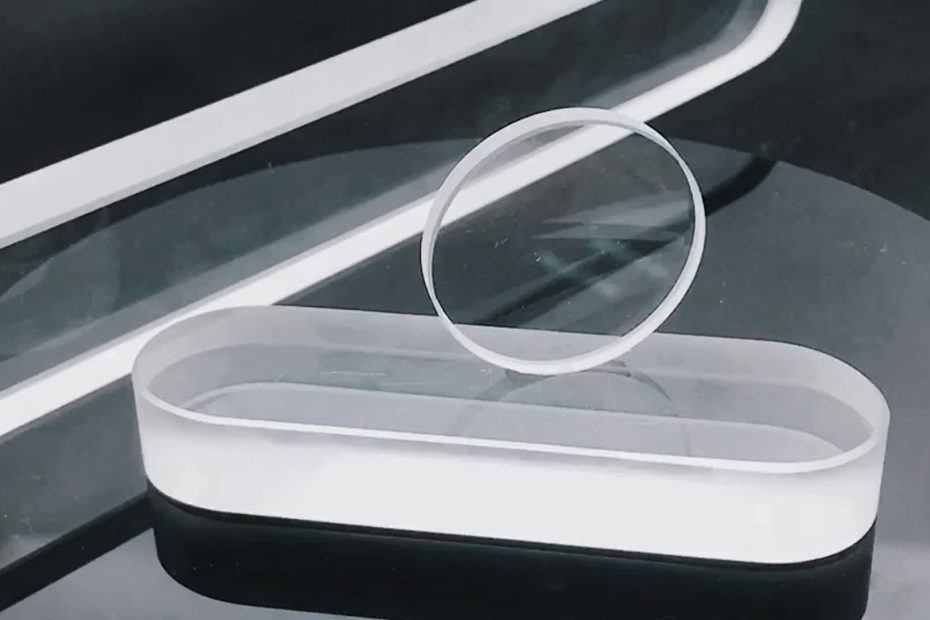Overview of Optical Glass
Optical glass is mainly produced by a continuous melting process. Optical glass obtains its properties through its chemical composition, melting process, and precision processing methods.
There are two common types of optical glass: flint glass and crown glass. The difference between the two lies in their refractive index; However, both are known for Abbe values typically below 60.
The main uses of optical glass
Optical glass may be the most commonly used material type in optical applications. It can be used for various applications, including:
- Precision lenses
- Pressure sensor
- View Window
- Instrument window
- Laser system
- Beam displacement
chemical property
Optical glass can contain additives such as boron oxide (borosilicate glass), sometimes zinc oxide, Phosphorus pentoxide, fluorite, and Barium oxide.
Optical glass is usually waterproof, usually preventing staining at 50 ° C and 80% humidity, and is usually resistant to alkali and other environmental factors.
Mechanical properties
The mechanical properties of optical glass make it an excellent choice for many optical applications. The density of optical glass ranges from 2.39 g/cm ³ To 6.19 g/cm ³ Unequal.
Thermal performance
The thermal properties of optical glass determine its reaction at different temperatures. The average coefficient of thermal expansion is between 7.00 and 9.00 x 10 – 6/° C, which is generally higher than that of materials such as fused silica.
Homogeneity
The overall refractive index uniformity of optical glass is better than 40 x 10-6. Most machined optical glass can provide uniformity:
ISO 10110 Part 4 Uniformity level 2 or better, maximum change in refractive index in accordance with ISO 10110 Part 4 ± 5 ∙ 10-6, the maximum change in refractive index in accordance with ISO 12123 and SCHOTT Optical Glass Catalogue 10 ∙ 10-6.
Optical characteristics
The two most prominent optical properties of optical glass are the refractive index and the Abbe number.
Refractive index
Compared to materials with high refractive indices, light travels faster through materials with low refractive indices because materials with high refractive indices bend light more.
Firestone glass has a high refractive index, while crown glass usually has a low refractive index. Therefore, due to their conflicting characteristics, they are often used together in applications.
Abbe number
Abbe quantifies the amount of dispersion within a given spectral range. For example, a lower Abbe number will produce a higher dispersion, while a higher Abbe number will reduce chromatic aberration.
The Abbe number of optical glasses is between 24 and 64.
